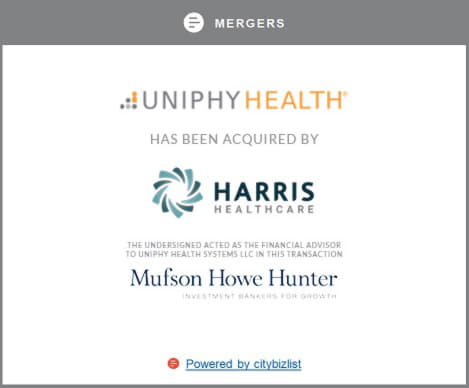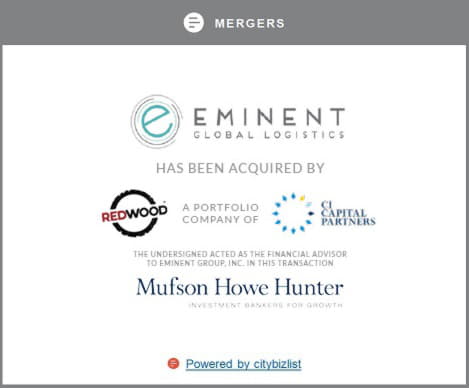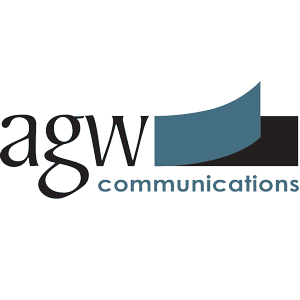Lehigh Valley port expanding at nearly twice national pace
The rapid growth of e-commerce has fueled development of warehouses and distribution centers in the 12 primary U.S. inland-port markets at nearly twice the national rate, according to a new report from CBRE Group, Inc.
Even with the surge in construction, demand for industrial buildings in those markets is so robust that nine of the 12 have seen their availability rates decline from their post-recession peaks faster than the national rate.
By far the leading catalyst for the growth of inland ports is e-commerce, which has flooded U.S. seaports with an unprecedented volume of foreign cargo destined for markets across the U.S. That cargo is routed from seaports to nearby inland ports, which are major transportation hubs where cargo is handled, warehoused and broken into smaller batches for further distribution to consumers within that region.
“Inland ports account for more than half of the fastest growing industrial markets in the U.S. because they are key way stations in the national e-commerce distribution network,” said David Egan, CBRE’s Head of Industrial & Logistics Research in the Americas. “As online commerce continues to expand, more shippers, retailers and logistics firms will seek top-quality, big-box warehouses in the leading inland-port markets to serve as critical links in their supply chains.”
In the report, CBRE identifies the main inland ports in the U.S. based on their connection to major seaports, their transportation infrastructure and their close proximity to major population centers. Those are: Southern California’s Inland Empire; Phoenix; Dallas/Ft. Worth; Kansas City; Houston; St. Louis; Chicago; Memphis, Tenn.; Columbus, Ohio; Atlanta; Greenville, S.C.; and East and Central Pennsylvania.
Inland ports are defined as having a Class I rail connection to a major seaport and also having access to significant transportation infrastructure, be it rail, highway, waterway or a combination of the three.
Collectively, the 12 inland ports expanded their base of industrial properties by 2.7 percent in this year’s first quarter, far outpacing the national average growth rate of 1.6 percent, according to CBRE research. The fastest growing of the 12 were the Inland Empire (4.3 percent), Greenville (4.2 percent), Atlanta and Dallas/Ft. Worth (both at 3.6 percent).
Meanwhile, even with their rapid growth, many of those markets can’t keep up with demand. The inland ports with the least availability are Chicago (6.6 percent), Kansas City (7.4 percent) and the Inland Empire (7.6 percent).
The CBRE report highlights three inland ports as representative of the category’s recent growth:
- Chicago, the largest U.S. inland port, registered a 26 percent increase in intermodal container shipments since 2000 to now handle more than 15 million TEUs (Twenty-foot-equivalent unit) annually. The ports inbound and outbound traffic is expected to grow by double-digit and triple-digit percentages by 2040.
- The Greenville area, where an inland port opened in 2013, has seen its cargo volumes grow by triple-digit percentages since then. Due in part to its growing manufacturing base and the nearby Port of Charleston, Greenville has emerged as one of the fastest growing industrial markets in the U.S.
- St. Louis, a leading river port, capitalizes on less-expensive water transport to bring in shipments. That cargo then is distributed within a 500-mile radius of the port including nearly one third of the U.S. population.
“As the Eastern U.S. ports continue to experience increased traffic and growth fueled by the expansion of the Panama Canal and the overall growth of the region, the Lehigh Valley will continue to grow as an important distribution hub for the Mid-Atlantic and Northeast U.S.,” said William Wolf, Executive Vice President, CBRE Industrial & Logistics.
To download the report, click here.
About CBRE Group, Inc.
CBRE Group, Inc. (NYSE:CBG), a Fortune 500 and S&P 500 company headquartered in Los Angeles, is the world’s largest commercial real estate services and investment firm (in terms of 2015 revenue). The Company has more than 70,000 employees (excluding affiliates), and serves real estate owners, investors and occupiers through more than 400 offices (excluding affiliates) worldwide. CBRE offers strategic advice and execution for property sales and leasing; corporate services; property, facilities and project management; mortgage banking; appraisal and valuation; development services; investment management; and research and consulting. Please visit our website at www.cbre.com.









